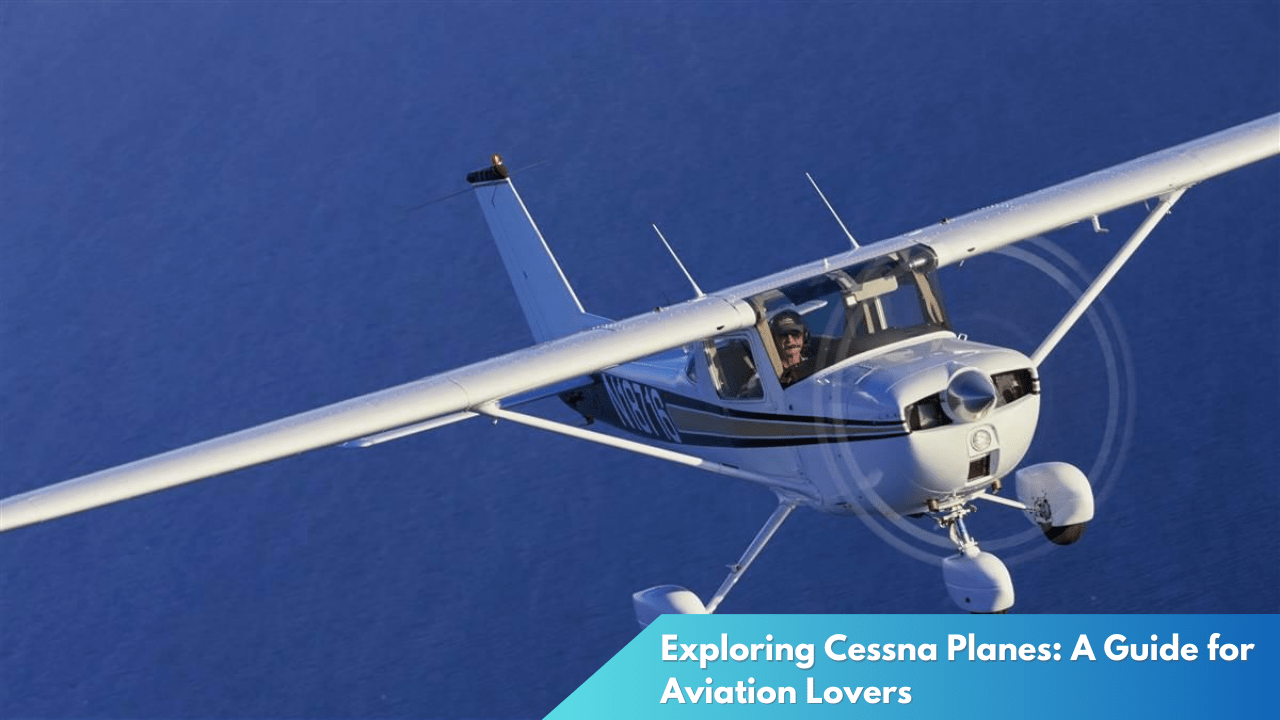Exploring Light Aircraft: A Beginner’s Guide to Features
In recent years, the world of light aircraft has captured the imagination of aviation enthusiasts and aspiring pilots alike. Known for their versatility, ease of use, and accessibility, light aircraft serve as an entry point into the exhilarating realm of flying. These smaller, more affordable aircraft come equipped with a range of features designed to make flying both enjoyable and safe. This guide delves into the fundamental features of light aircraft and offers essential tips for those looking to take to the skies.
Unveiling the Basics of Light Aircraft Features

Understanding the fundamental features of light aircraft is crucial for any aspiring pilot. At their core, light aircraft are designed to be manageable and user-friendly, often seating between two to six passengers. One of the most notable features is their lightweight construction, typically crafted from advanced composite materials or aluminum alloys. This not only contributes to better fuel efficiency but also enhances maneuverability and performance. Moreover, the simplicity of their design often translates into cost-effective maintenance, making them ideal for personal use and flight training.
The cockpit of a light aircraft is another pivotal feature that deserves attention. Modern light aircraft are increasingly equipped with glass cockpits, which replace traditional analog dials with digital displays. These advanced avionics systems provide pilots with real-time data on the aircraft’s performance, navigation, and communication systems. For beginners, this technology can significantly ease the learning curve, allowing them to focus more on flying and less on instrument interpretation. Additionally, many light aircraft come with autopilot systems, which provide an extra layer of safety and convenience during longer flights.
Safety features are paramount in light aircraft, making them a reliable choice for novice pilots. Many models are equipped with ballistic parachute systems, which can be deployed in the event of an emergency to safely lower the aircraft to the ground. Other safety enhancements include stall warning systems, anti-lock braking systems, and advanced weather radar, all of which contribute to a safer flying experience. Understanding these features not only boosts confidence but also prepares aspiring pilots for a variety of scenarios they may encounter in the air.
Essential Tips for Aspiring Light Aircraft Pilots

For those new to the world of aviation, gaining a comprehensive understanding of light aircraft features is only the beginning. One of the most critical steps is obtaining the appropriate pilot’s license. The process typically involves enrolling in a certified flight school, where aspiring pilots can receive hands-on training from experienced instructors. It’s essential to invest time in learning both theoretical and practical aspects of flying, ensuring a solid foundation in aviation principles and safety protocols.
Aspiring pilots should also prioritize building flight hours under various conditions. This experience is invaluable for developing the skills and confidence needed to handle a light aircraft in different weather situations and airspace environments. It’s advisable to gradually progress from controlled environments to more challenging scenarios, such as cross-country flights or navigating congested airspace. By doing so, pilots can hone their decision-making abilities and adaptability, both crucial for safe and effective flight operations.
Staying informed about the latest advancements in light aircraft technology and regulations is another key aspect of becoming a competent pilot. The aviation industry is constantly evolving, with new innovations and safety standards being introduced regularly. Engaging with the aviation community through forums, workshops, and networking events can provide valuable insights and updates. Additionally, joining local flying clubs can offer opportunities for mentorship and shared experiences, further enriching one’s journey into the world of light aircraft.
Embarking on the journey to becoming a light aircraft pilot is both an exciting and rewarding endeavor. By understanding the essential features of these aircraft and following crucial tips for developing skills, aspiring pilots can ensure a safe and enjoyable experience. Whether flying for leisure or as a stepping stone to a professional aviation career, light aircraft offer a unique and accessible gateway into the skies. With dedication, continuous learning, and a passion for flight, the possibilities are as limitless as the horizon.



